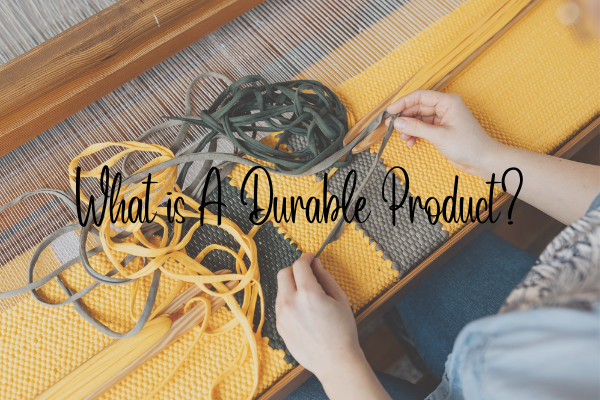Measuring Durability
There are many ways to measure durability. One way is by looking at how long a product lasts before breaking or wearing out. For example, one might ask, "how long will this tire last?" and then look for information about its lifespan in miles, hours, etc. This would be an absolute measurement of durability.
Another way to measure durability is by comparing it with other products on the market using a relative scale (i.e., measuring how durable something is than another). In both cases, manufacturers will use their interpretation of what they believe constitutes "durability."
A Durable Product
Product durability is the longest possible lifetime of a product, measured by its ability to perform its intended use without breaking or becoming unusable. During this period, the product must also provide acceptable performance levels that are consistent with stated expectations. In some applications, the product's performance must be guaranteed for a period to be deemed durable.
What is A Durable Product?
Accelerated life testing accelerates the normal wear-out process to allow more rapid detection of the critical failure mechanisms. In addition, the acceleration factor is increased by subjecting the products to abuse factors that exceed those encountered in everyday use.
Real-life testing samples a larger population for a more extended time, allowing statistics on failure rates to be used. In addition, real-life testing does not require developing an exceptional test specimen or the use of abnormal conditions to detect critical failure mechanisms that may occur only under certain circumstances, as in accelerated life testing.
Durable vs. Non-Durable
Durable and non-durable are opposite to each other. For example, a thing is defined as stable if it can be used for a long time under normal conditions of use, while the non-durable one is only good for a short period.
Scientifically, we can explain that "a substance or object (as an alloy, a chemical reaction, etc.) that retains its essential physical properties over an extended time; permanent." So, we can say that something is durable if it has lasting and fixes quality.
Why is Product Durability Important?
Product durability is essential because it provides a foundation for companies that want to profit from their products. If it is not durable, then the product has no value and can't sell to end-users. Furthermore, since people want to buy quality products, only companies with high-quality products will survive in the market. Therefore, there will be fewer competitors in the market, and consumers will have more product choices.
A company creates good quality products to gain more profit. However, if its product is not durable enough, it can't earn its target profit because when we sell the product the next time, it must be repaired or changed for a new one.
What Constitutes Durability?
There are many ways to determine a durable product. If we use the products for heavy-duty work, then
they must have good quality with high strength. However, no matter how well-made an object is, if it breaks easily or wears out quickly and needs repair frequently, it's not considered durable. The performance of durable products can be evaluated according to the following criteria:
Performance
It means that the product is helpful for a long time. The products can run well in a situation if the user or customer will not overuse or abuse them. A durable product should typically work under heavy load, extreme heat, moisture, and cold conditions.
Appearance
The appearance will not change even if we use it for a long time. We can test it by touching the surface of the product or visual inspection. A
durable product should withstand all kinds of climatic conditions and retain its good appearance after using for a long time in those environments.
Responsiveness
When you need it to perform, it will perform well, and you won't regret your choice. When you are in a hot environment, you don't have to hesitate to use it because it won't make you feel hot or uncomfortable. You can try it for yourself if the product has good responsiveness, like touching its surface or using it under high-temperature conditions.







